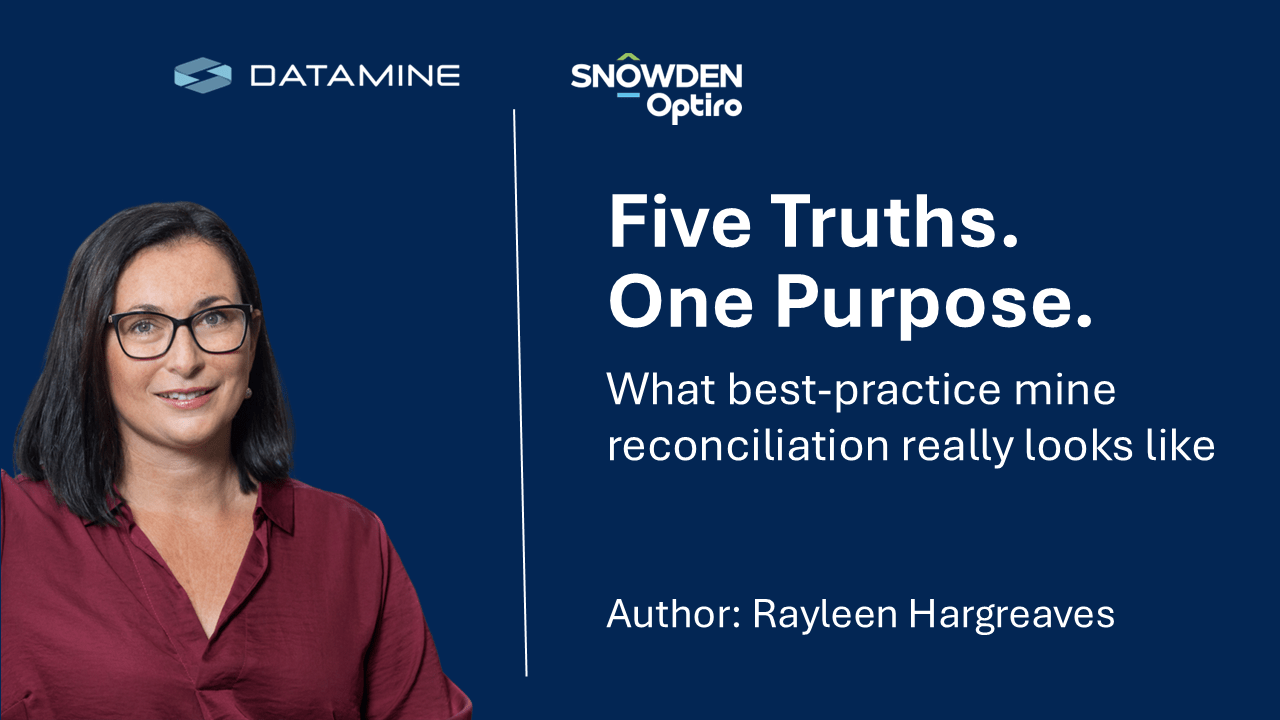

An investment to purchase another mining project, operation or company is often a make or break item for mining executives and investors. Buyer’s remorse has led to the demise of many a CEO or MD. Of course, hindsight is a great thing to have. But could such mistakes have been avoided with proper Due Diligence prior to the investment decision?
Every mining operation and company is different, and the material items will vary according to commodity, location, environment, governmental and social factors. These should be considered by appropriately experienced professionals against each discipline.
There is a myriad of questions to ask. However, with such a large number of questions, it is possible to lose perspective of the most important questions. Here are some to get you started.
Does the mining inventory include a majority of Inferred Resources, or even worse only “Target Mineralisation”? (sometimes referred to as “Blue Sky”). If so, there is a high degree of resource risk and you should ensure that you are happy for it to be included in the valuation? Do the resources the inventory is based upon have sufficient evidence of the quantity and quality i.e. is the drilling of appropriate quality and has it been conveyed accurately into a mineral resource estimate?
With more niche products becoming the norm, there is greater risk around the ability to produce a product to the assumed (and required) quality. Has there been variability testing used from across the whole deposit to demonstrate that the entire inventory can be used? Is it really safe to assume that the whole deposit will behave in a uniform way? Has a buyer seen a sample of your final product and provided written verification of the terms on which it would be purchased. It will not reflect well on the purchase decision to find out that the mine does not produce a saleable product, or that a large portion of the inventory has an unforeseen issue that means it cannot be profitably extracted.
An obvious one, but it needs mentioning. What evidence is there that the costs assumed are reasonable? Is there a history of production and costs? For new projects, have cost inputs been sourced from the market recently? How does it compare to other similar operations? It is possible to benchmark most operations against its peer using market research platforms (See Figure 1 for an example).

As speculative resources are often put forward in a vendor model, it is possible that the capital costs of the development of these resources have not been added to the model. For example, perhaps the additional inventory requires another tailings lift, or a new tailings dam. And have all closure elements been adequately considered?
Many potentially viable mining projects are thwarted by non-technical factors such as social (nearby villages, heritage areas) or environmental (permits, approvals). Is there something here that hasn’t been adequately considered or addressed?
Is the operation currently generating a profit, or is there a capital injection (on top of purchase price) required to get to this point? Do you have the patience and money to get to the point of generating the profit?
Often, the only opportunity to make an abnormal return from an investment (other than getting lucky on commodity price) is to find an opportunity that the asset owner is currently unaware of. Given that the current owner is closer to the project than you are, this is quite a challenge. However, an outside perspective, from experts who have seen successes and failures in similar projects, can add insights and suggestions that could lead to a step change in the project or operations performance.
Mining is a risky business, and all risks in a potential acquisition should be identified, ranked, and potential mitigation measures considered. Remember that a “fatal flaw” may not be a single issue; but may be a combination of issues which together make this a risky investment.
Really, a combination of all the above and potentially the most important. Ultimately, no decision to purchase should be made without a clear understanding of the reasons that the asset is being sold. If the project is as good as they say, then why don’t they just keep it? Is there something you are missing? Does it sound too good to be true? A natural curiosity and significant research are often required to uncover hidden motives for disposing an asset.
Ultimately, each of the failures of mining investments can boil down to one of these items, commodity price, or a combination of them all.
Whilst being at the whim of commodity price, answering these questions satisfactorily will result in better decisions being made, and less ramifications on the individuals involved.
In conclusion, the success of mining investments hinges on meticulous consideration of various factors during due diligence. Whether it’s commodity prices, technical feasibility, or mitigating unforeseen risks, a thorough assessment is paramount. Addressing key questions surrounding mining inventory, production capabilities, cost assumptions, and potential roadblocks allows for better decision-making, reducing the impact on all stakeholders involved.
Through our commitment to comprehensive due diligence, investors can adeptly navigate potential pitfalls, laying the groundwork for resilient and successful ventures in the dynamic world of mining.
Explore more due diligence topics by watching our podcast series.
Explore how Snowden Optiro can assist you with due diligence by reaching out to us below.


Subscribe here for our podcasts, technical articles and news
